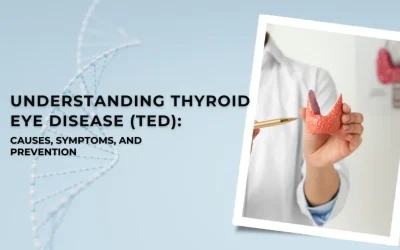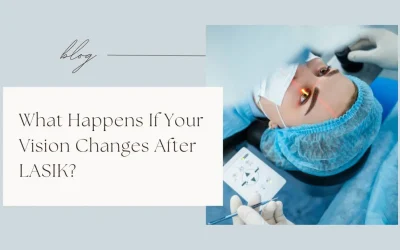The Diagnosis of Keratoconus: What to Expect During Your Eye Exam
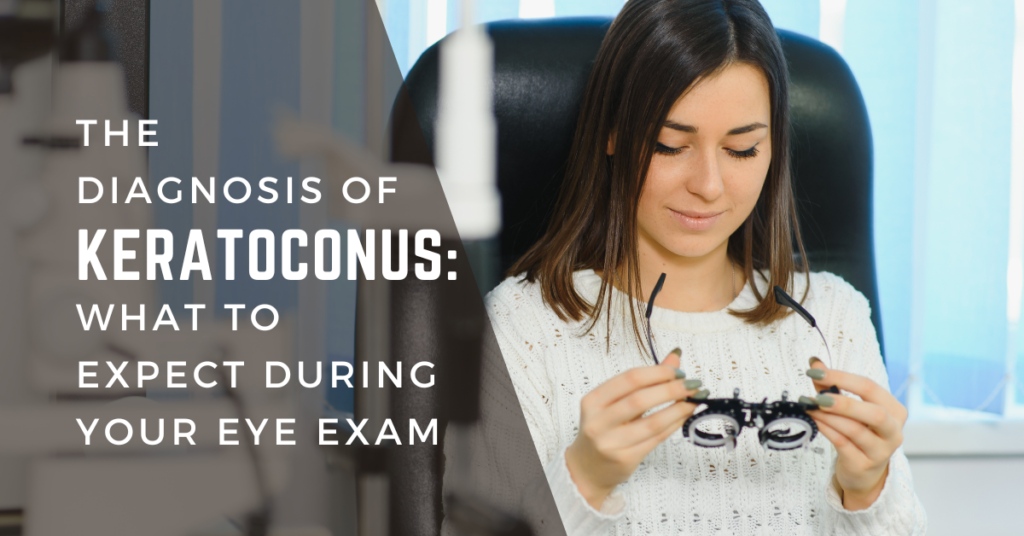
Keratoconus is a progressive eye disease that causes the cornea to thin and bulge, leading to distorted vision and often requiring corrective lenses or surgical intervention. Early diagnosis of keratoconus is critical for the best possible outcomes, but it can be challenging to detect in its early stages. In this blog, we will discuss the diagnosis of keratoconus, including diagnostic tests and treatment options.

Diagnosis of Keratoconus
Diagnosis of keratoconus usually begins with a comprehensive eye exam, which may include the following tests:
- Visual Acuity Test
Using an eye chart, this test assesses how well you can see at various distances. It is a standard test for any eye exam.

- Corneal Topography
Corneal topography is a non-invasive imaging test that maps the cornea’s curvature using a specialised camera. This test can help detect subtle changes in the shape of the cornea that may indicate keratoconus.
- Keratometry
Keratometry measures the cornea’s curvature using a handheld device called a keratometer. This test can help detect any irregularities in the shape of the cornea.
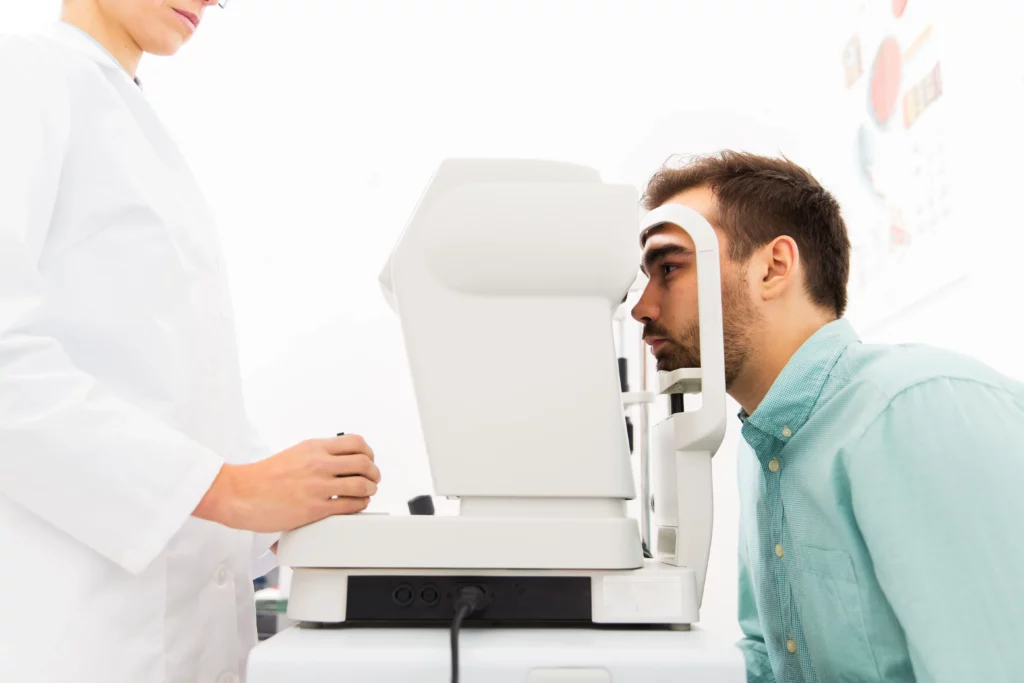
- Pachymetry
Pachymetry measures the thickness of the cornea using a specialised ultrasound probe. This test can help determine if the cornea is thinning, a keratoconus hallmark.
- Slit-lamp Examination
The slit-lamp examination involves using a microscope with a narrow beam of light to examine the cornea, iris, and lens in detail. This test can help detect other eye conditions that may aggravate your symptoms.
Treatment of Keratoconus
Treatment options for keratoconus depend on the severity of the condition and may include the following:

- Eyeglasses or Contact Lenses
Mild to moderate keratoconus can often be corrected with eyeglasses or contact lenses. However, as the condition progresses, glasses or traditional contact lenses may no longer be effective.
- Corneal Cross-Linking
Corneal cross-linking is a minimally invasive procedure that involves applying a unique solution to the cornea and exposing it to ultraviolet light. This treatment can help slow or stop the progression of keratoconus.
- Corneal Transplant
In severe cases of keratoconus, a corneal transplant may be necessary. The damaged cornea is removed and replaced with a healthy donor cornea during this procedure.
Conclusion
Early diagnosis of keratoconus is critical for the best possible outcomes.
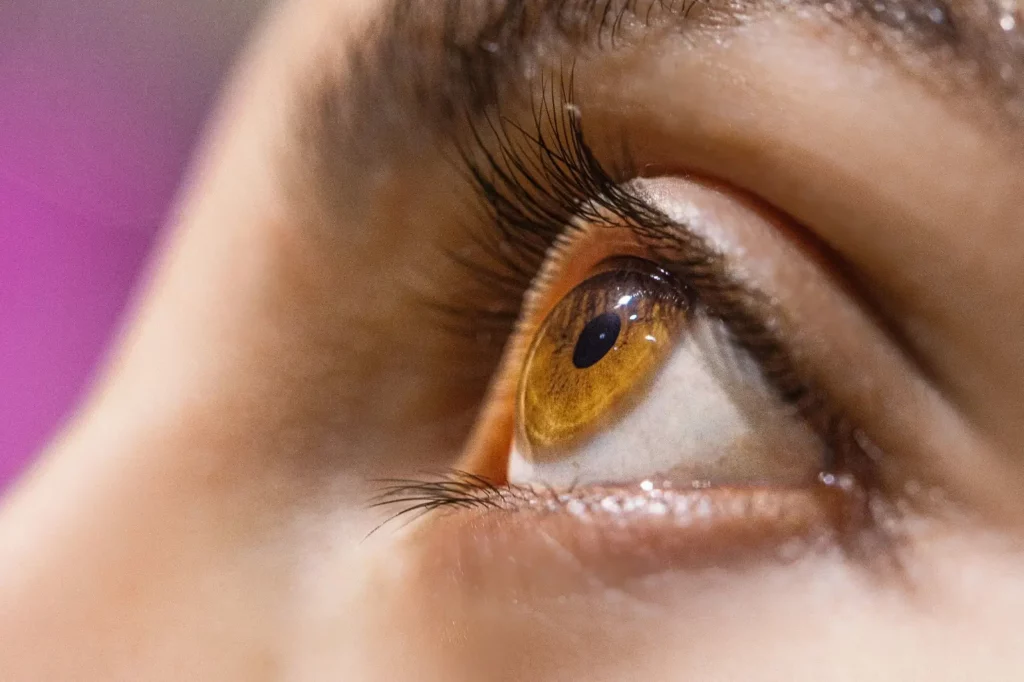
It’s better to get tested and know the status of your condition from one of the most reputed eye care hospitals in Hyderabad. At Global Eye Hospital, we are well-equipped and experienced in offering all treatment options for keratoconus.
Book your appointment now for all eye-related services.
Your Vision Our Focus
